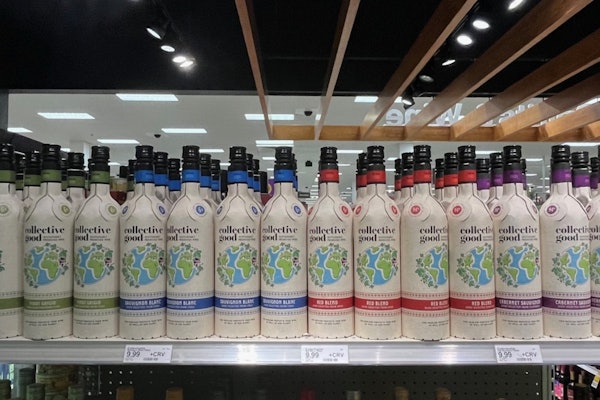It’s chock-full of detailed data and information about how much of the food’s various key components one would receive from eating a serving of it. And as of January 1, several important changes in the box’s required content and format started to be required for packaged food companies.
Here’s some practical advice: You shouldn’t be putting food onto the market with the old Nutrition Facts panel on it anymore, if your sales exceed $10 million a year. If your sales are less than that, you have until January 1 of next year to start using the new label. (Some specific products like honey, maple syrup, and other single-ingredient sugars and some cranberry products have until July 1, 2021.)
Nothing prohibits you from using the new label before the required date for your company, however, and many companies have been using it already for a year or more.
As if to admit that the new nutrition labeling requirements were a complex undertaking, FDA came out with several explanatory documents to help industry understand and implement them. They’re all available to you at fda.gov.
As with the prior rules, the smallest companies, for example, retailers who sell less than $50,000 per year of food to consumers, are exempt from having to provide nutrition labeling altogether. Other exemptions and variations are permitted, though in my experience, many companies like to provide the Nutrition Facts feature on their labels even if exempt, to help their products fit in with the crowd on the shelf, or to highlight one or another nutritional feature that’s reflected in the box’s data.
The major new features of the revised Nutrition Facts panel are the addition of required disclosures of the amount of “Added Sugars” and Vitamin D and potassium, and a change in the definition of “dietary fiber” that will lead to revised calculations of the amount of fiber disclosed on the label. Numerous interested parties have complained about FDA’s approach to determining dietary fiber levels, and FDA is still struggling with some aspects of it, so watch for even further developments of those concepts going forward.
My favorite of the changes is that the word “Calories” and the number of calories in a serving are now required to appear in bigger, bold type, with the result that you can read them from across the room. You can quibble all day about the relative importance of added sugars and fat and dietary fiber and all the rest, but the bottom line is that this label wants you most of all to know how many calories a serving of the food provides.
FDA also changed some of the figures used for calculating nutritional content, including some Reference Amounts Customarily Consumed or RACCS, and “Daily Reference Values” for several components. Records of your derivation of the figures in the Nutrition Facts box need to be kept for two years.
One of the stickiest issues that lawmakers and regulators face when they change the rules of business is what to do about the stuff that’s in commerce but follows the old rules. It’s a tougher nut to crack than it might at first seem to be.
After all, if you change the rules of, say, food labeling, it’s almost inevitable that old labels and new labels will be side-by-side in commerce for a while as the new stuff phases in. That’s bound to be confusing to consumers, and avoiding consumer confusion is likely one of the key motivations of changing the rules in the first place. This kind of dilemma has arisen many times in the history of the FDA. Famous examples include episodes growing out of changes in the requirements for drug approval, which have led to enormous expenditures of resources over many years.
This “transition period” during which products come into the market with the new label but appear side-by-side on shelves with old labels is probably unavoidable as a practical matter. But when, in 2018, FDA, which had already published the new requirements, extended the start date for compliance by 18 months, the result was a much longer transition period, because some companies had already started using the new label format and content, while others hadn’t. Some commenters complained, and FDA said it recognizes the problem, and said it will attack the problem with public education materials, working together with other government and non-government entities. It also noted that many of the nutrition education messages will remain the same under old or new labeling rules anyway.
For the larger companies who haven’t yet started using the new Nutrition Facts, what happened on January 1? Did they turn into law-breaking pumpkins? No, FDA says it’ll be kind: “[D]uring the first six months following the January 1, 2020, compliance date, FDA plans to work cooperatively with manufacturers to meet the new Nutrition Facts label requirements and will not focus on enforcement actions regarding these requirements during that time.”
That’s helpful, but the time to act is now.
Eric Greenberg can be reached at [email protected]. Or visit his firm’s Web site at www.ericfgreenbergpc.com.
INFORMATIONAL ONLY, NOT LEGAL ADVICE.


























